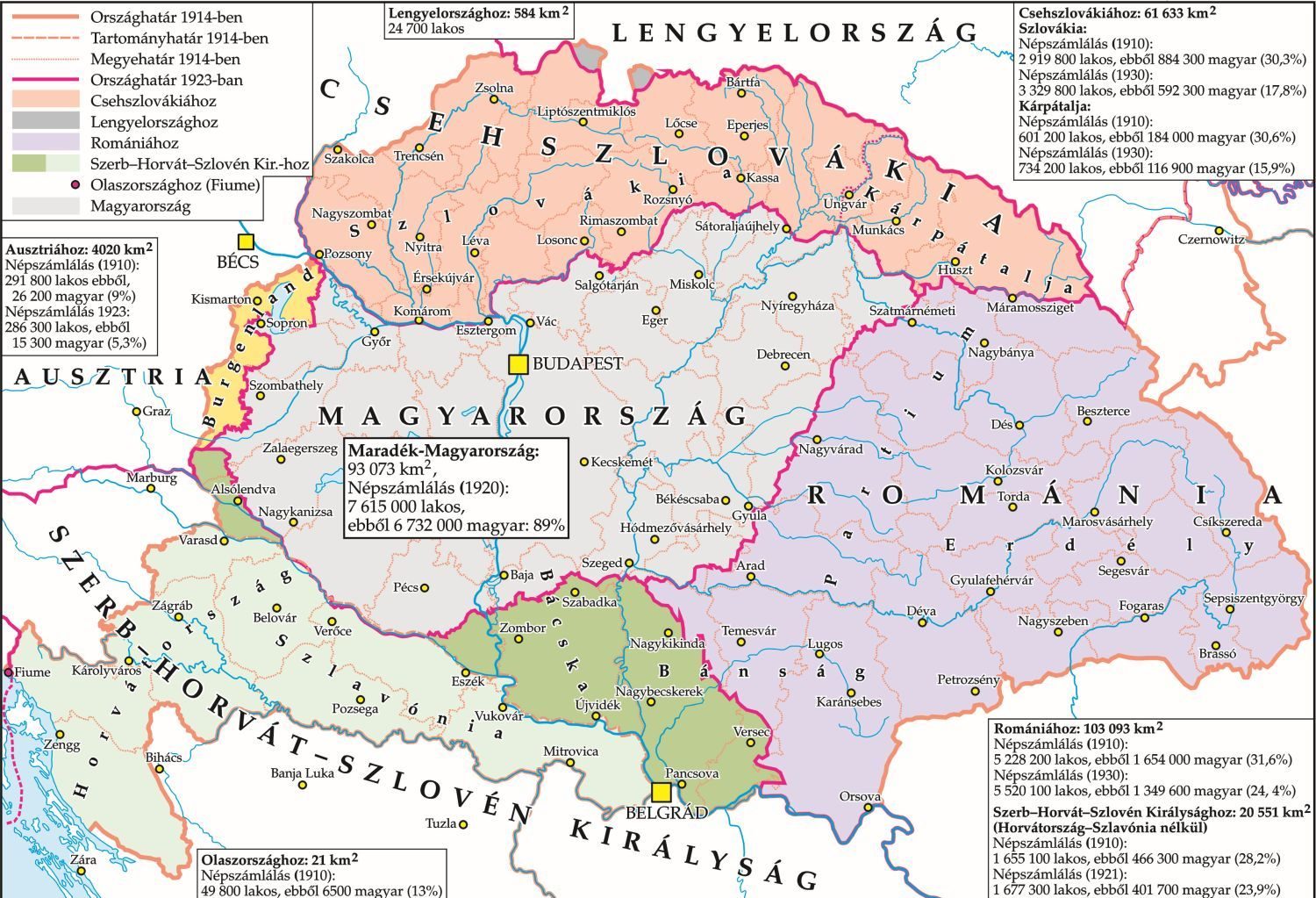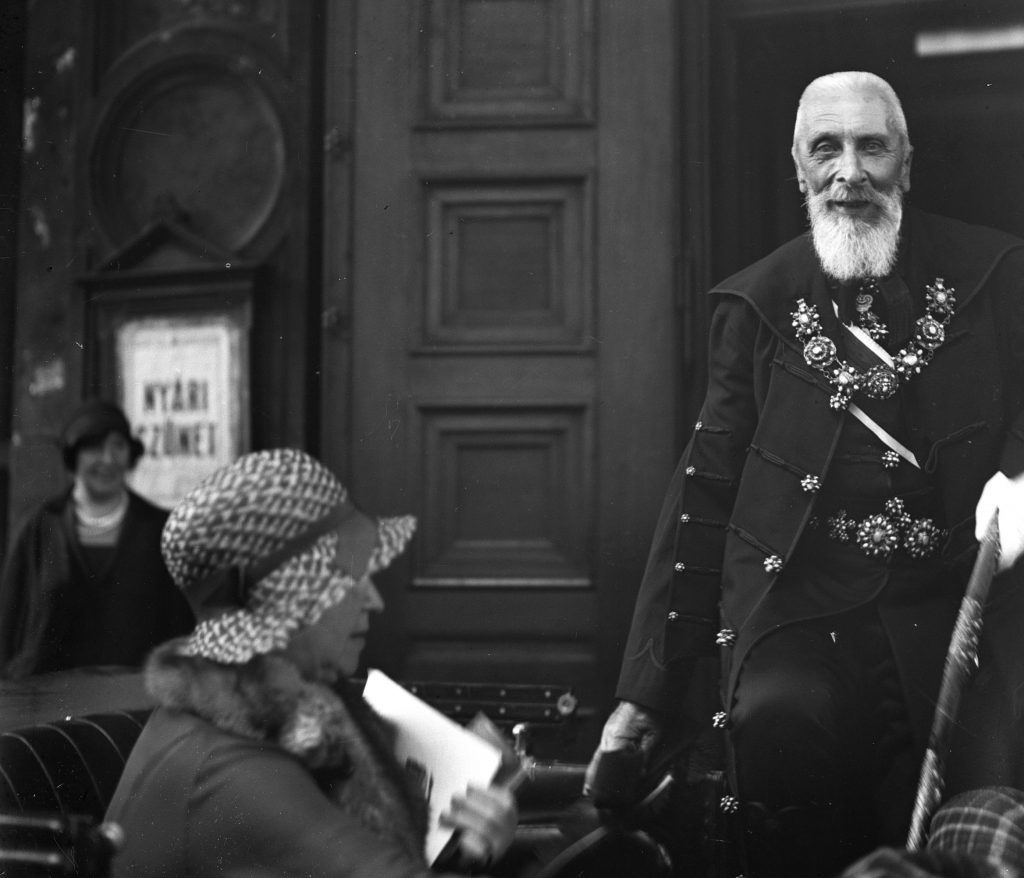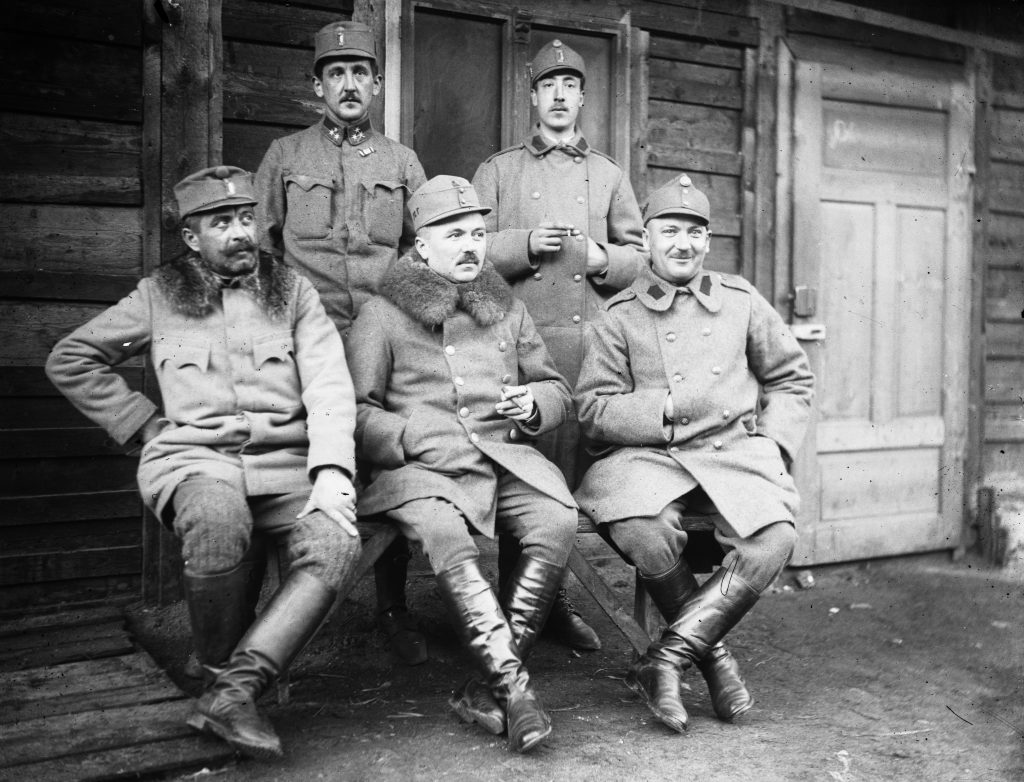
Nine years after the Dictate, in 1929, Apponyi delivered a monologue in English about the Hungarian situation in front of the cameras of an American team, which has now been discovered by the news portal 444.Continue reading

On the Day of National Cohesion (Nemzeti összetartozás napja), Hungarians remember the Versailles Peace Treaty signed 103 years ago today that marked the formal end of the First World War. The Treaty proved to be a major turning point in Hungarian history, which, like the dismemberment of limbs from the body, has had a lasting societal and cultural impact on Hungarians to this day.
The Treaty of Trianon formally ended the First World War between the Kingdom of Hungary (the Austro-Hungarian Monarchy had effectively collapsed by the end of the war) and the Allied powers. It was not a question of equal negotiation. Essentially the only input the Hungarian delegation was allowed in the face of an almost predetermined deliberation was Albert Apponyi’s Trianon Defense Speech.
In his two-hour statement spanning three fluent languages, the respected Hungarian Count argued, among other things, that the Kingdom’s economy was dependent on regional specializations functioning together throughout the land. Thus, a removal of major elements would be detrimental to Central European infrastructure as a whole. He also brought up Woodrow Wilson’s 14 points, arguing that Hungarians in the separated regions should have the right to self-determination, and proposed plebiscites on secession as a solution.

Count Albert Apponyi. Photo: Fortepan / Kiss Gábor Zoltán
Despite it being said that the speech had had a positive impact on the big Entente leaders, British Prime Minister David Lloyd George, Italian Prime Minister Vittorio Emanuele Orlando, and even French Prime Minister Georges Clemenceau, the main damages of the Treaty were not altered. Thus, the piercing, painful fact of the matter hit home: more than two-thirds of Hungarian territory was lost, given to Czechoslovakia, the newly formed Yugoslavia, and Romania. Part of the Szepes region was given to Poland, Fiume to Italy, and Austria, one of the Central Powers, even received Burgenland. The Kingdom of Hungary’s population was reduced from 18.2 to 7.6 million, with 3.2 million ethnic Hungarians forcibly displaced. From these “torn away territories” as they are now referred to, around 400,000 Hungarians eventually moved within Hungary’s new borders.

Soldiers of the Royal Hungarian Honvéd in 1917. Photo: Fortepan / Veszprém Megyei Levéltár/Nemere Péter
Hungary Today. Featured Photo: MTA.hu